According to the Associated General Contractors of America, a staggering 94% of contractors experience difficulty filling skilled positions. Trade jobs are projected to grow at 20 times the average job rate growth, creating a large labor gap. Add in the fact that a large number of skilled laborers are nearing retirement, and it’s clear that a new generation of tradespeople needs to enter the field.
Many businesses report that candidates are applying but don’t meet the minimum requirements. The economic impact is significant: 80% of construction firms say they’ve delayed, scaled back, or even canceled projects due to shortages.
So, what are the challenges and opportunities facing the construction trades labor market in 2025? Let’s examine the fastest-growing trades, the skills needed to enter each, and what you can do to bridge the gap.
Benefits of the Trades
The trades offer rewarding, stable jobs that generally don’t require a four-year degree. They can allow people to work with their hands, improve their communities, and build green infrastructure. In place of a degree, most employers look for troubleshooting and customer service skills, a clean driving record, and in some cases, basic technical training and certifications.
Workforce development programs play a crucial role in bridging the skilled trades gap. With relatively little training, you can start young graduates or displaced workers on the path to learning a trade.
7 Fast-Growing Trades to Add to Your Workforce Development Program
Here are seven trades with labor shortages that you should consider investing in as you plan and scale training programs.
Heating, Ventilation, Air Conditioning, and Cooling (HVAC)
Common job titles: HVAC Technician, HVAC Mechanic, HVAC Installer, Systems Engineer, HVAC Engineer
Number of U.S. jobs: 441,200
Projected job growth: 9% from 2023 to 2033
HVAC technicians install, maintain, and repair heating, cooling, and ventilation systems in buildings. The HVAC trade ensures comfortable and healthy indoor environments for homes, businesses, and schools.
87% of HVAC employers report difficulty hiring mechanics and 83% for installers. The demand for HVAC technicians is high, with steady job growth due to the essential nature of climate control systems.
What employers look for: Most employers look for a high school diploma or GED, basic technical knowledge and troubleshooting skills, and certifications such as EPA 608, NATE HVAC, or HVAC Excellence.
Plumbing
Common job titles: Plumbers, Pipefitters, Steamfitters
Number of U.S. jobs: 473,400
Projected job growth: 6% from 2023 to 2033
Plumbers install and repair water, gas, and waste systems in homes and buildings. The trade is vital for maintaining sanitation, providing clean water, and maintaining the functionality of various appliances.
The plumbing industry offers job stability and a competitive salary, with opportunities for career advancement and even entrepreneurship. 82% of plumbing businesses report difficulty hiring.
What employers look for: Most employers look for a high school diploma or GED and on-the-job training through an apprenticeship. Most states require a plumbing license to work independently.
Electrical
Common job titles: Electrician, Lineman, Wireman, Electrical Installation Technician
Number of U.S. jobs: 779,800
Projected job growth: 11% from 2023 to 2033
79% of electrical employers say they have difficulty hiring. Electricians install, maintain, and repair electrical systems in various settings, from homes to industrial facilities. The electrical field offers diverse work environments and opportunities for specialization and entrepreneurship.
What employers look for: Like plumbers, electricians use an apprenticeship model for training. Employers look for a high school diploma or GED and a basic understanding of electrical systems and safety protocols. Basic safety certifications or technical training are a plus.
Solar Installation
Common job titles: Solar Photovoltaic (PV) Installer, Solar Installer
Number of U.S. jobs: 25,000
Projected job growth: 48% from 2023 to 2033
The solar industry is rapidly growing, offering promising career prospects and the chance to contribute to sustainable energy solutions. A solar installer is responsible for installing, maintaining, and repairing solar panel systems on buildings. These technicians play a crucial role in the growing renewable energy sector.
What employers look for: While vocational training or certification is beneficial, solar installers are also often trained on the job or through a craft laborer or wireperson apprenticeship. Basic safety certifications like OSHA are a plus.
Industrial Maintenance
Common job titles: Industrial Machinery Mechanic, Machinery Maintenance Worker, Millwright
Number of U.S. jobs: 530,800
Projected job growth: 15% from 2023 to 2033
Industrial maintenance workers play a crucial role in keeping manufacturing and production facilities running smoothly. They diagnose issues, perform repairs, and conduct routine maintenance on industrial equipment.
The demand for skilled industrial maintenance workers is high, as they are essential for maintaining the efficiency and productivity of various industries.
What employers look for: This trade requires strong technical skills, problem-solving abilities, and attention to detail. High school graduates can enter the field with on-the-job training or an apprenticeship. Basic certifications like OSHA are a plus.
Multi-Family Maintenance
Number of U.S. jobs: 1,616,500
Projected job growth: 5% from 2023 to 2033
Common job titles: Maintenance Technician, Repair Worker
Multi-family maintenance technicians are generalists responsible for maintaining and repairing systems in apartment complexes and residential facilities. Job responsibilities include completing work orders, performing preventative maintenance, and handling unit turnovers. This field offers stable employment opportunities in areas with high concentrations of multi-family housing.
What employers look for: Since multi-family maintenance technicians are generalists, they need a broad base of knowledge across HVAC, plumbing, electrical, appliances, and carpentry. Most of this can be learned on the job, but technicians need general troubleshooting and customer service skills to succeed. Most employers look for a high school diploma or GED and a clean background check.
General Construction
Number of U.S. jobs: 1,599,800
Projected job growth: 7% from 2023 to 2033
Common job titles: Construction Worker, Construction Laborer, Construction Equipment Operator
Construction firms build and maintain our society’s infrastructure, yet 76% of construction firms report difficulty hiring general laborers. The construction industry offers a wide range of job opportunities, from skilled laborers to engineers and managers. The field provides job stability, competitive compensation, and opportunities for career advancement. Construction jobs are diverse, allowing individuals to specialize in areas such as carpentry, masonry, or project management.
What employers look for: While there is no minimum education, some employers may look for a high school diploma or GED. An OSHA certificate and general safety training are a bonus for job-seekers. Construction workers generally need physical strength, stamina, and the ability to learn and adapt.
Bridge the Trades Gap with Education and Training
The trades are a stable, fulfilling field with low barriers to entry. Investing in trades education is a win-win for cities and states. You can reskill displaced and underemployed workers and offer young people a rewarding future while supporting your economy’s growth.
Interplay Learning enables learners to complete hands-on training and earn certifications in virtual or hybrid settings and offers apprenticeship and pre-apprenticeship program opportunities. Learn more about how Interplay can help you prepare job-seekers for a fulfilling career in the trades.








